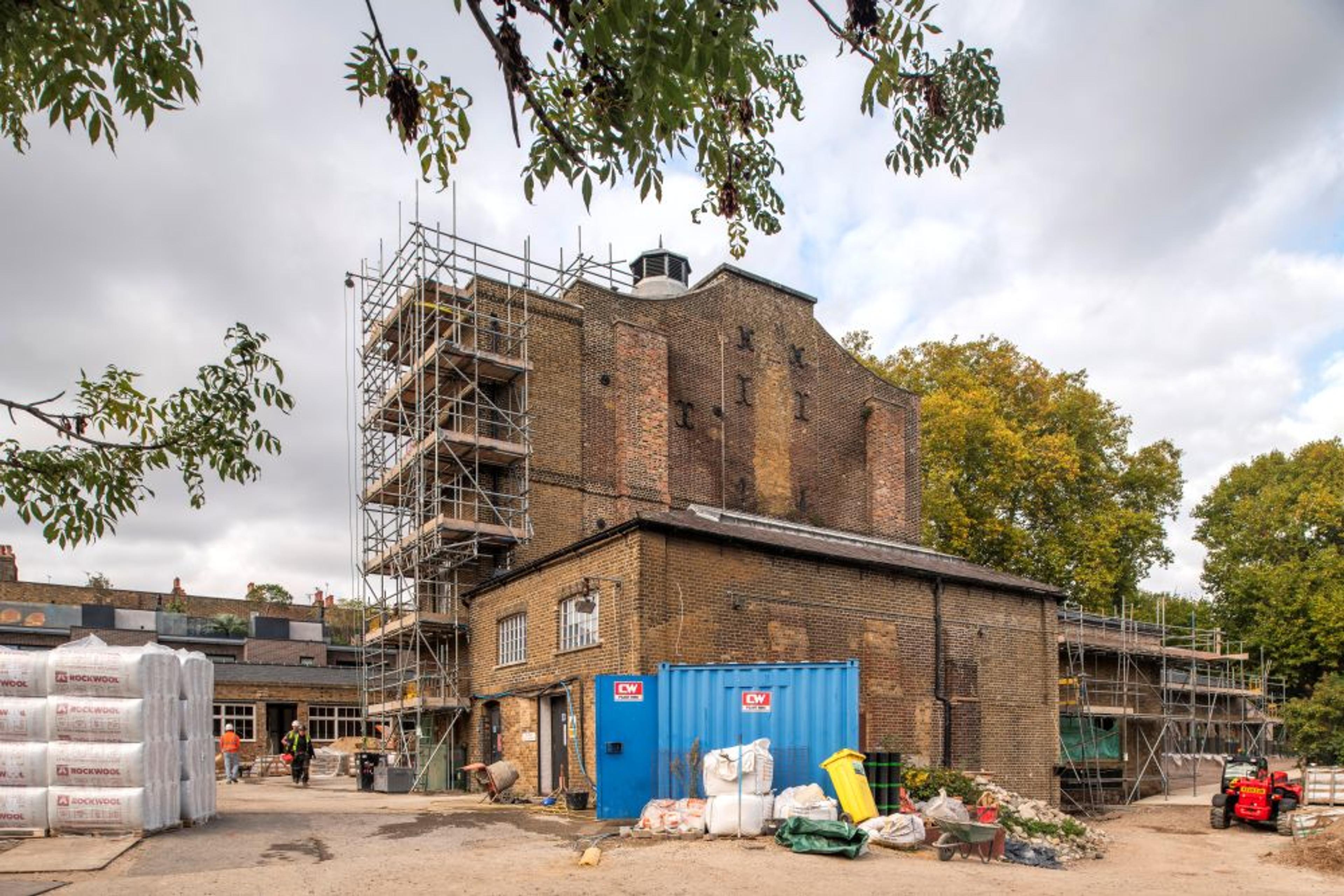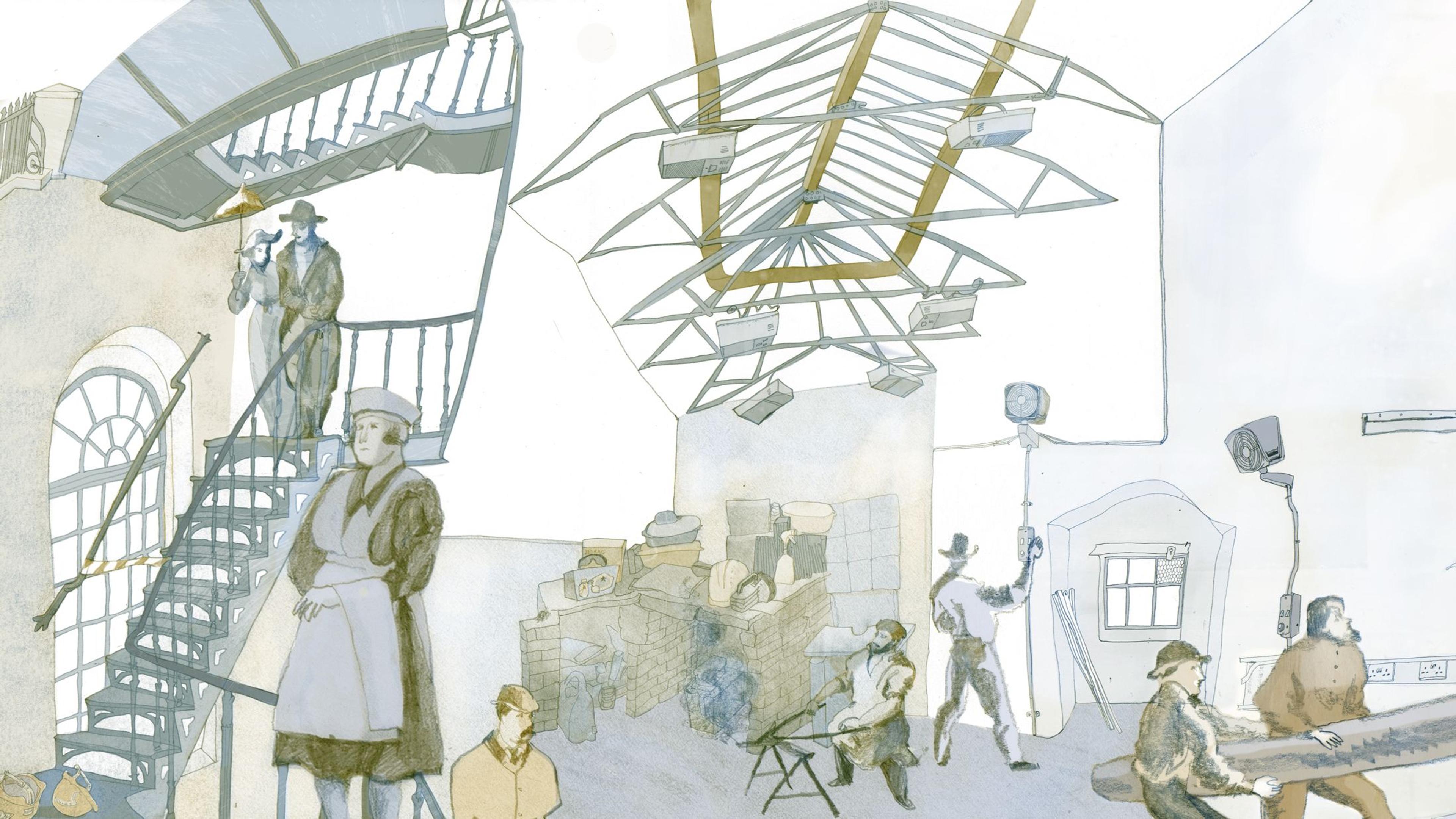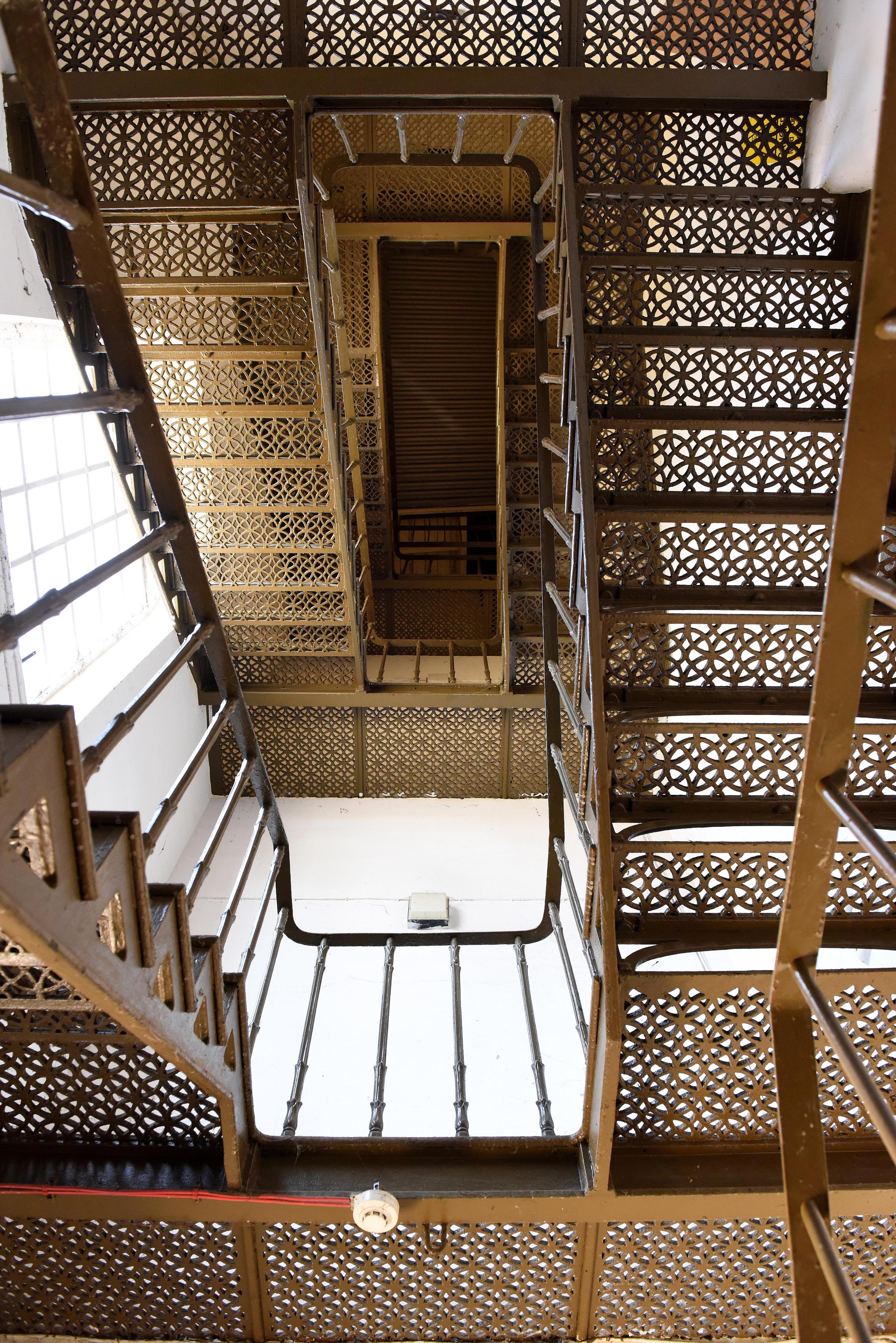We’re working to restore New River Head, a former waterworks in Clerkenwell, London. Quentin Blake Centre for Illustration will open there in 2026.
Its buildings were once part of a network that that supplied water across the city. Their story connects us to more than 400 years of urban development and social change.
New River Head is part of Islington, one of London’s most densely populated boroughs. But 500 years ago it was a quiet green place, home to ducks and grazing cows. London was a much smaller city than it is today, huddled around the banks of the River Thames.
Growing London
Between 1550 and 1600 London became a hub of new trade and commerce. Its population increased from 50,000 to 220,000 people. These people and the industries they worked in needed water.
People collected their water from rivers, wells and conduits (public taps). It was heavy work, often done by women, young apprentices and ‘cobs’, who sold water door-to-door from wooden tankards.
Conduits were a free water source, funded by the City Corporation and charitable donations, and built in prominent parts of the city. They were bustling social places that had a reputation for gossip and unrest. Tensions grew as water became scarce and wealthy people got privileged access to conduits. Rivers and wells were polluted. The availability of water became a serious public and political concern.

A new river
Entrepreneurs came up with ideas for supplying and selling water. Colonist Edmund Colthurst suggested bringing it from springs in Ware to London by making a ‘new river’.
It was a complicated project that involved digging a long channel through the countryside to the edge of the city. The river had to slope gently over its 40-mile course so water could flow downwards. Mathematicians and bricklayers, carpenters and labourers were needed to plan and build it.
Colthurst started the New River but ran out of money and couldn’t finish it. In 1609 the project was taken over by Hugh Myddelton, a goldsmith with connections to London’s rich and powerful people. Their political influence quashed objection to the river from the landowners along its route and their investment paid for work on the river to restart. Most of the founding shareholders bought into the New River Company with money made from lending, piracy and overseas trade.
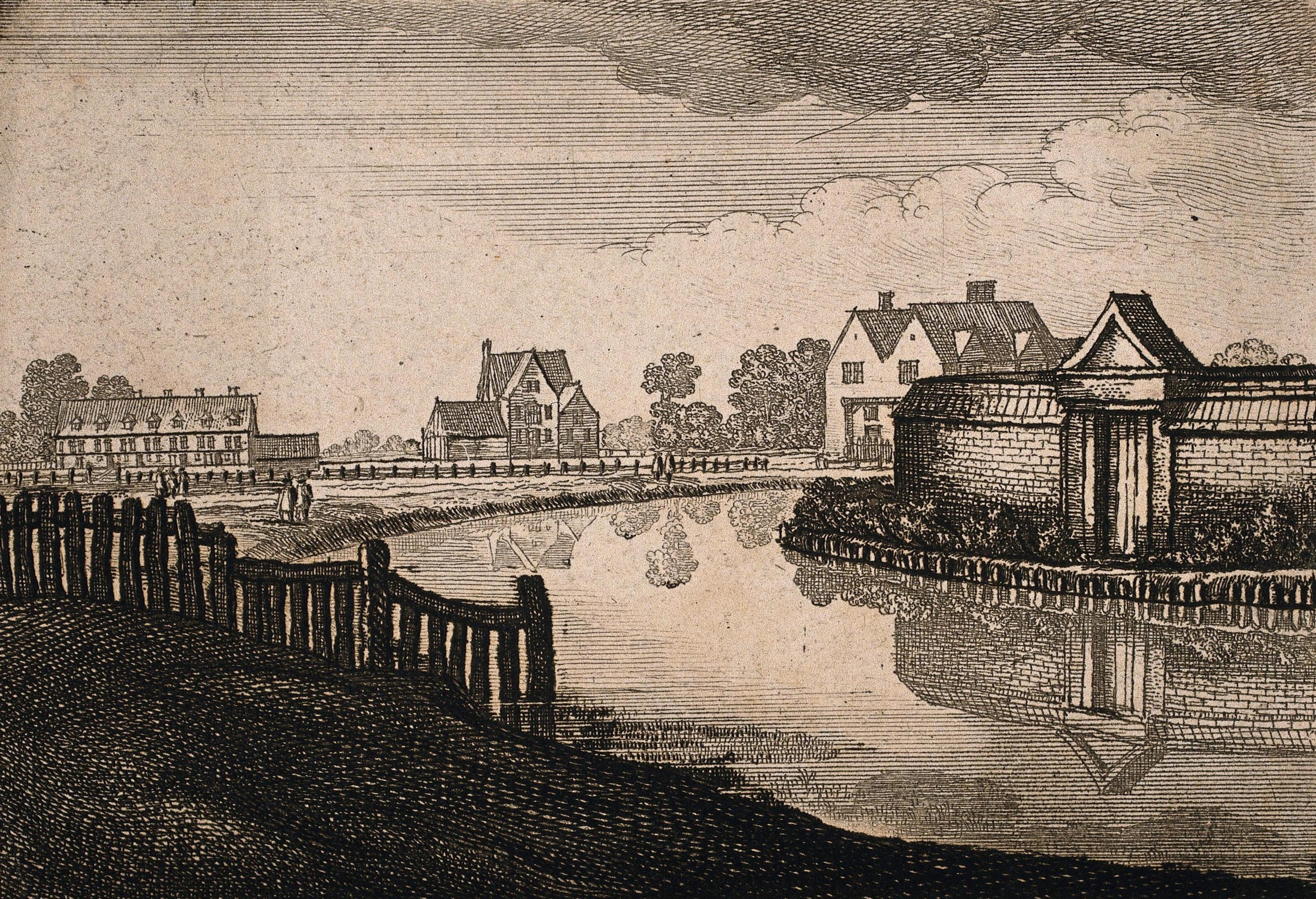
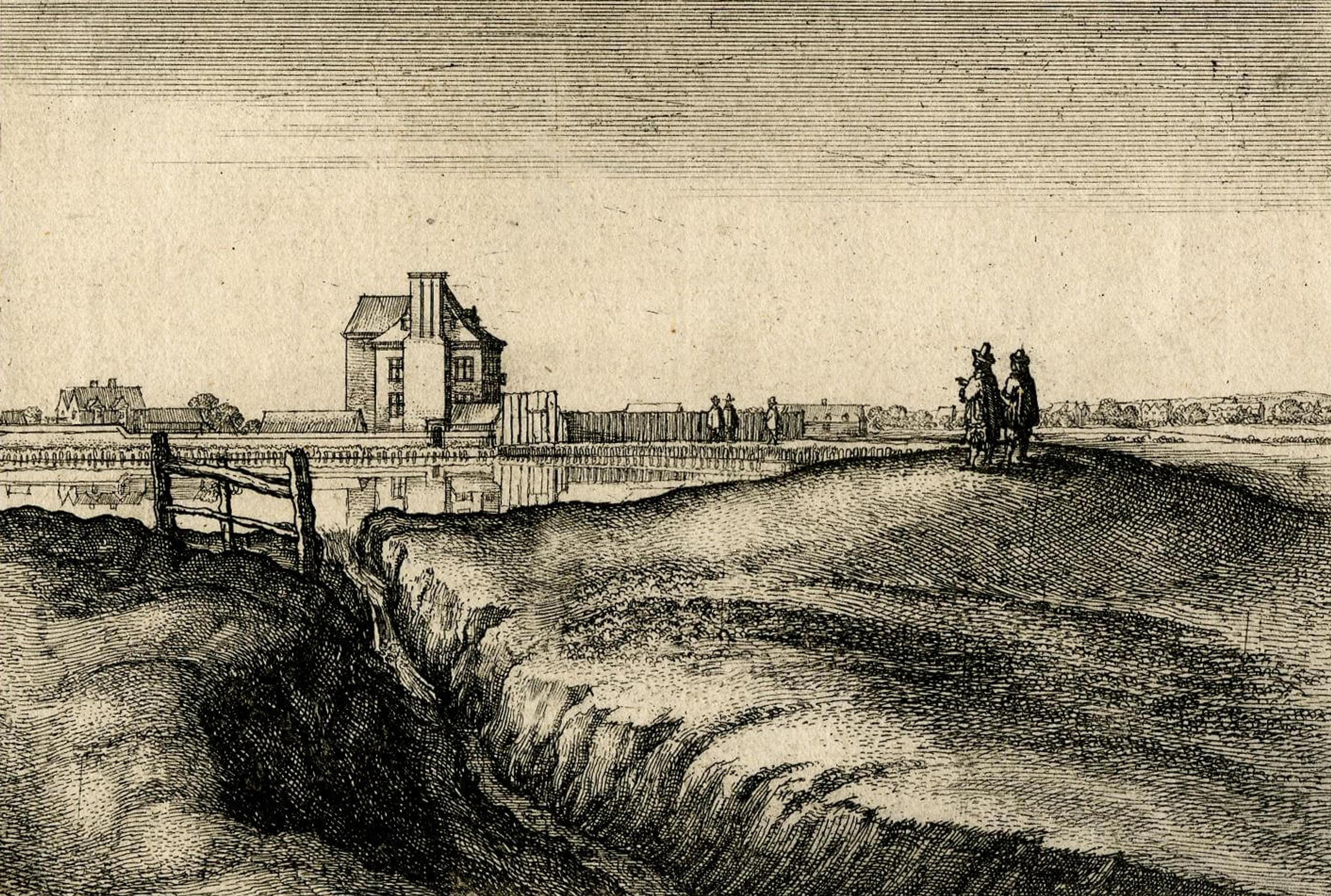
Piped water
New River Head was chosen as the end point of the river. Elevated above the City of London, it had a natural pond that could be enlarged. Clay underground would stop water draining away. From 1613, water ran there and travelled down to the city in wooden pipes.
The New River Company charged people to connect the pipes to tanks in their homes. Wealthy households signed up, but others protested about paying for water: they said something so essential shouldn’t be sold for profit.
It took time for the business to take off, but by 1700 the New River was one of the three richest companies in London, along with the Bank of England and the East India Company.
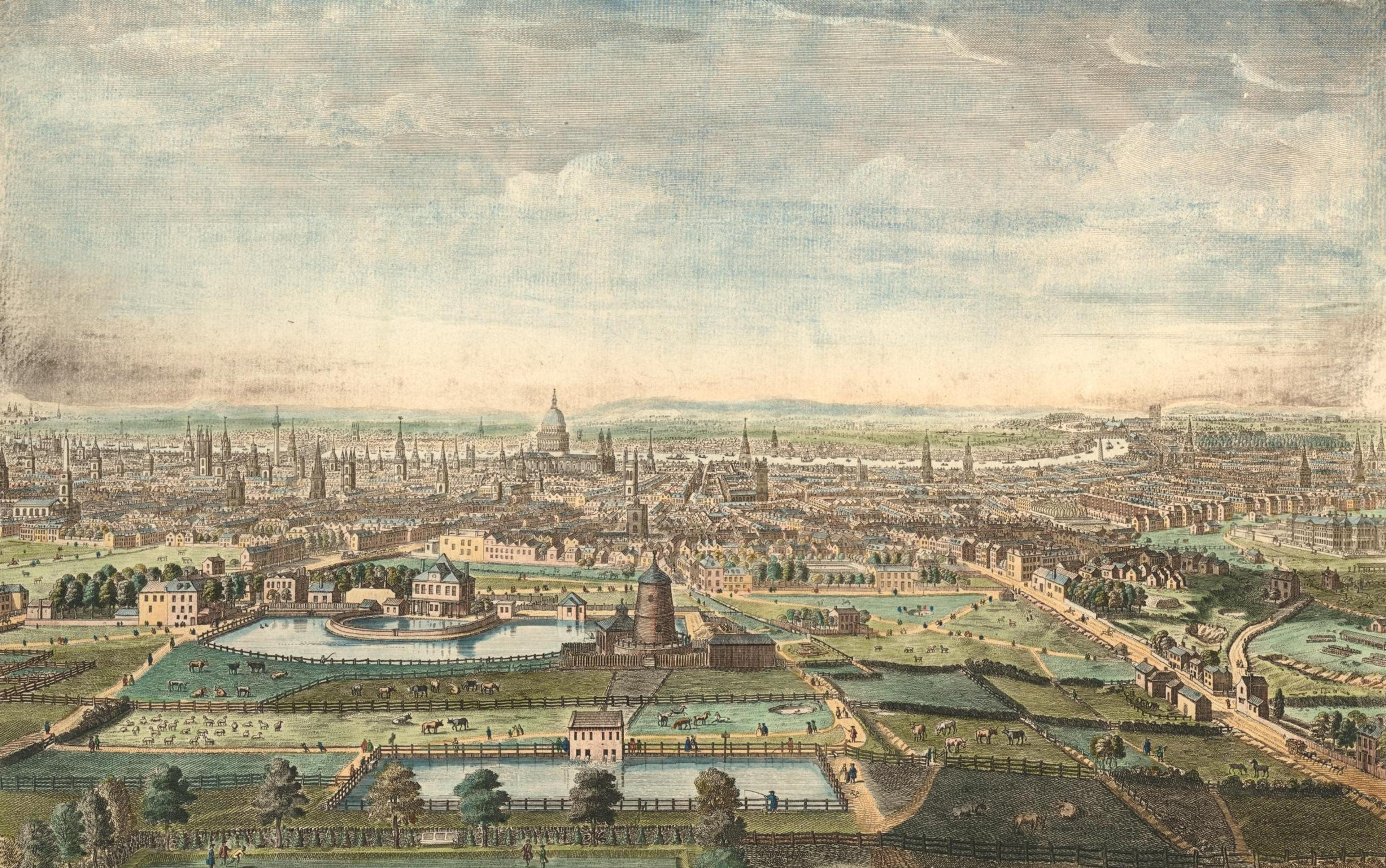
At first, only the wealthiest people could afford to have piped water. Poorer people still used conduits and watercarriers lobbied for them to be maintained. They even held a mock funeral to mourn and highlight the lack of water.
Even so, by 1820 most people in the city used New River Company water. Their biggest customers were manufacturing businesses like breweries and tanneries. Piped water was also used by New River Head’s neighbour Sadler’s Wells theatre to fill a giant tank on its stage for recreating naval battles and other watery scenes.
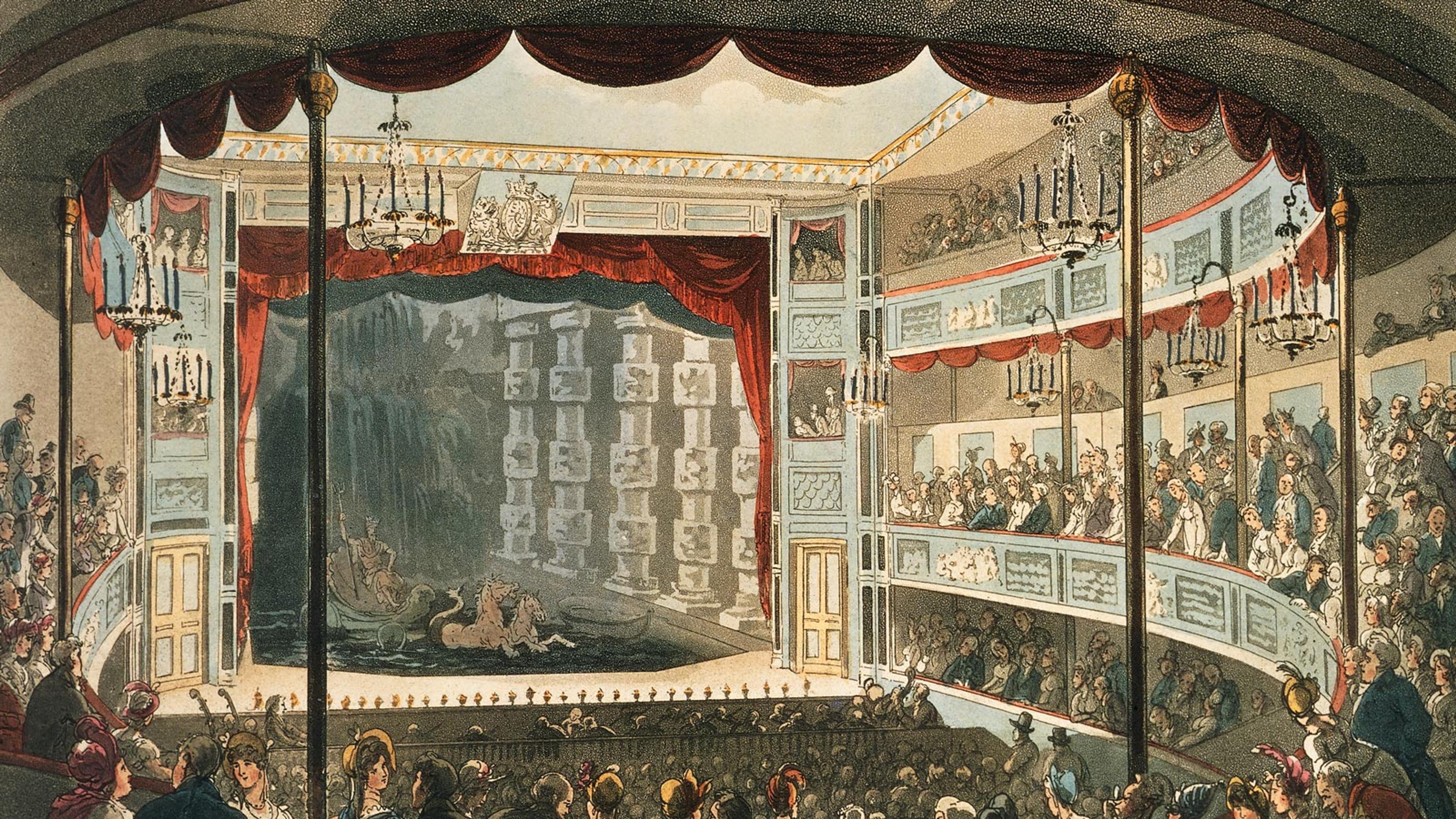
A working site
At first New River Head consisted of the Water House on the edge of the pond that collected the river water. The flow of water to the city was manually controlled by stopcocks in the basement.
As wealthy people moved out to the higher ground west of the City of London, more pressure was needed for water to reach them. In 1709 a windmill was built to use wind energy to pump water. When this wasn’t successful, it was replaced with a horse-powered engine.
In 1768, a tall engine house was built for steam-powered pumps. It was extended several times to house bigger and more powerful machines. In the 1840s, coal stores and boiler houses were added.
Burning coal to heat water and create steam was a hot, intensive task. It was done by stokers who worked long hours to keep the pumps going. New River Head was one of many 19th century coal-fired sites that made London’s air visibly smoky.
Read more about New River Head's architecture in the Survey of London
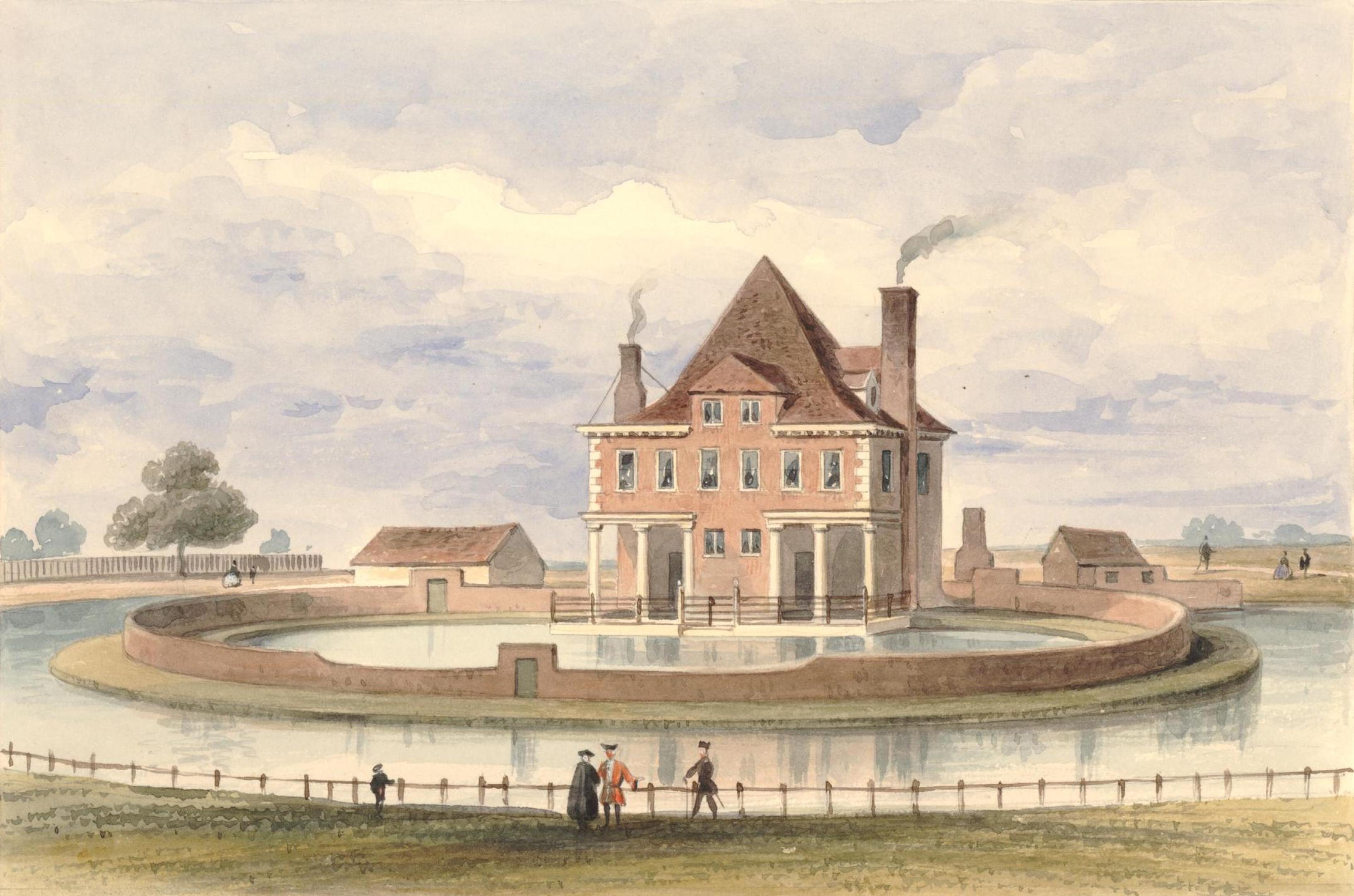
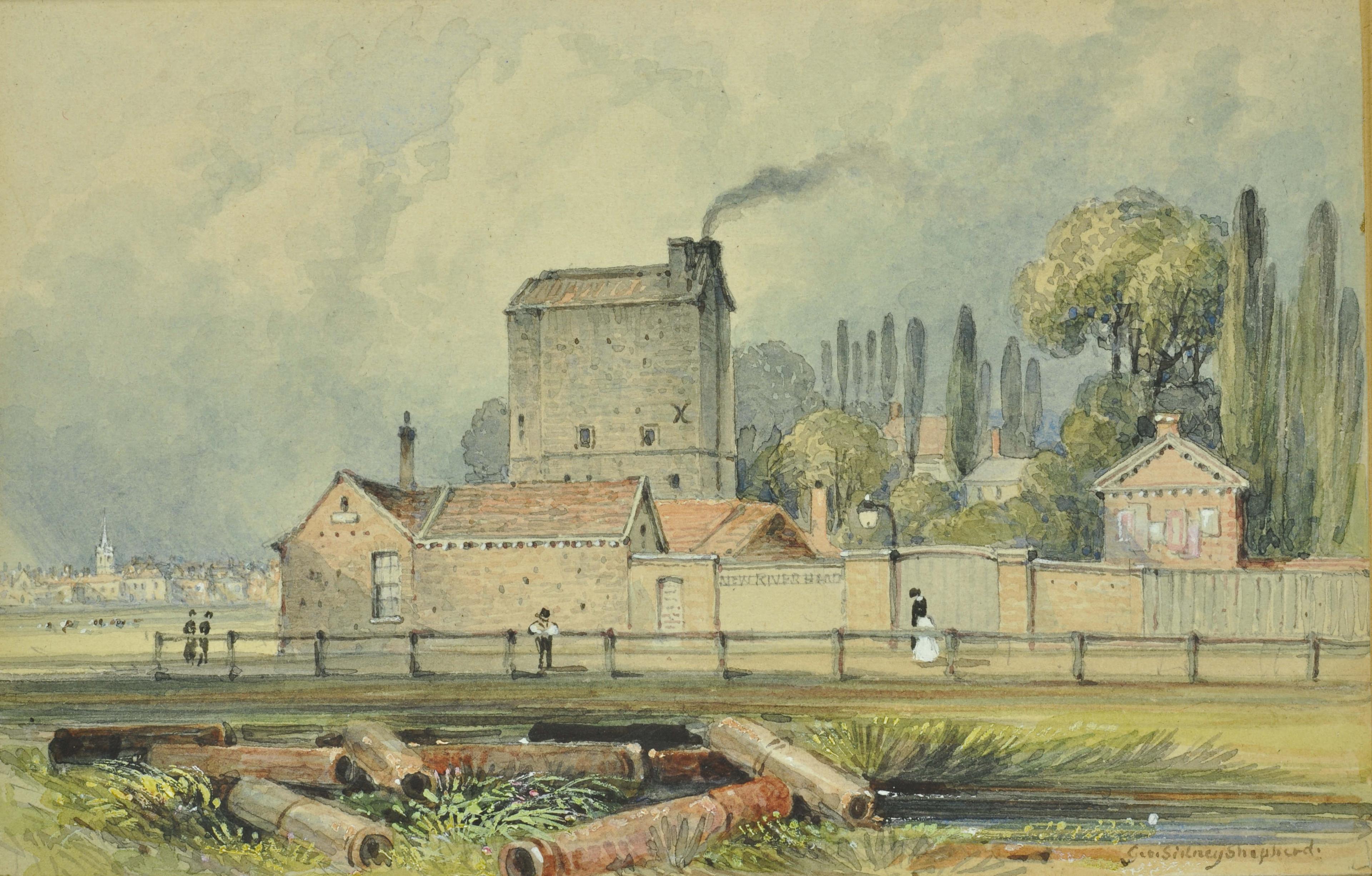
Clean water
Despite its smoky atmosphere and clanking engines, New River Head’s ponds became a habitat for fish, migrating birds and waterlilies. People swam, bathed and fished in the river, even though it was against the law and arrests were made.
People living on the route of the river complained about “Rascals… Washing their nasty Rotten Hides” in it and feared ‘moral contamination’ of the water. Others said that the poor had a right to water and that it was immoral to prevent access to it.
In the 1800s, scientists started to understand the link between waterborne germs and disease by studying water samples. Looking at drops of water under a microscope became a popular entertainment and people grew concerned about the cleanliness of their supply.
Filter beds were built at New River Head in 1854. These used an ancient technique called ‘sandwashing’ to purify water by passing it through layers of sand and gravel.
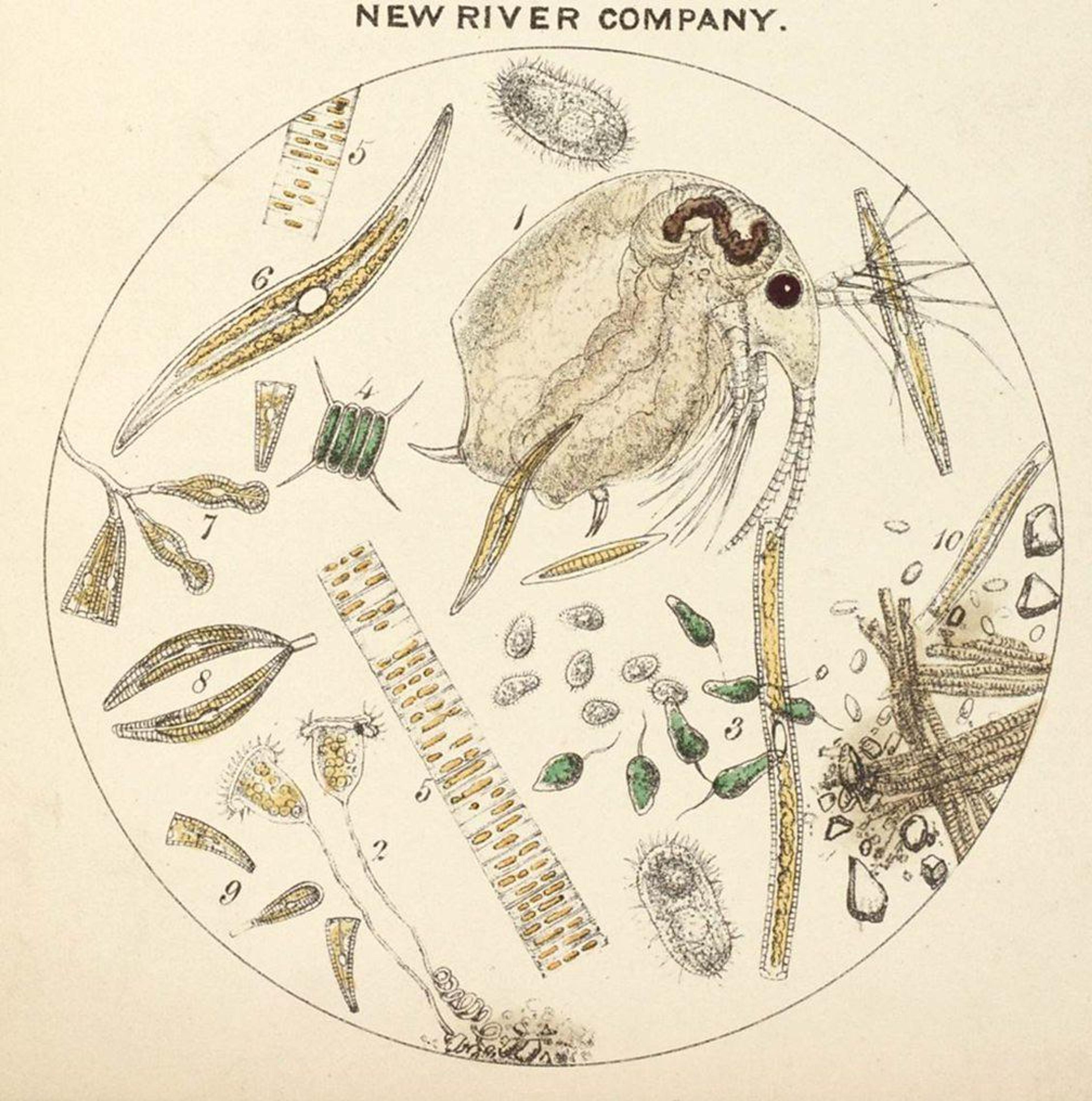

Changing hands
Concerns over water quality led to government regulation of London’s water supply. In 1904, the city’s eight largest companies, including the New River Company, were taken into public ownership.
Over time, changes were made to the supply network and New River Head fell into disuse. Its filter beds were drained and built over. The site converted from steam to electric power in 1954. The engine house was decommissioned and its engines and chimney were removed. In 1989 London’s supply was privatised again, and New River Head was sold to a property company.
Today, the New River ends at Stoke Newington Reservoirs and still supplies 10% of North East London’s water. New River Head borders Islington’s working Thames Water Ring Main site, but its historic engine house, boiler house, coal stores and windmill base are empty and derelict.
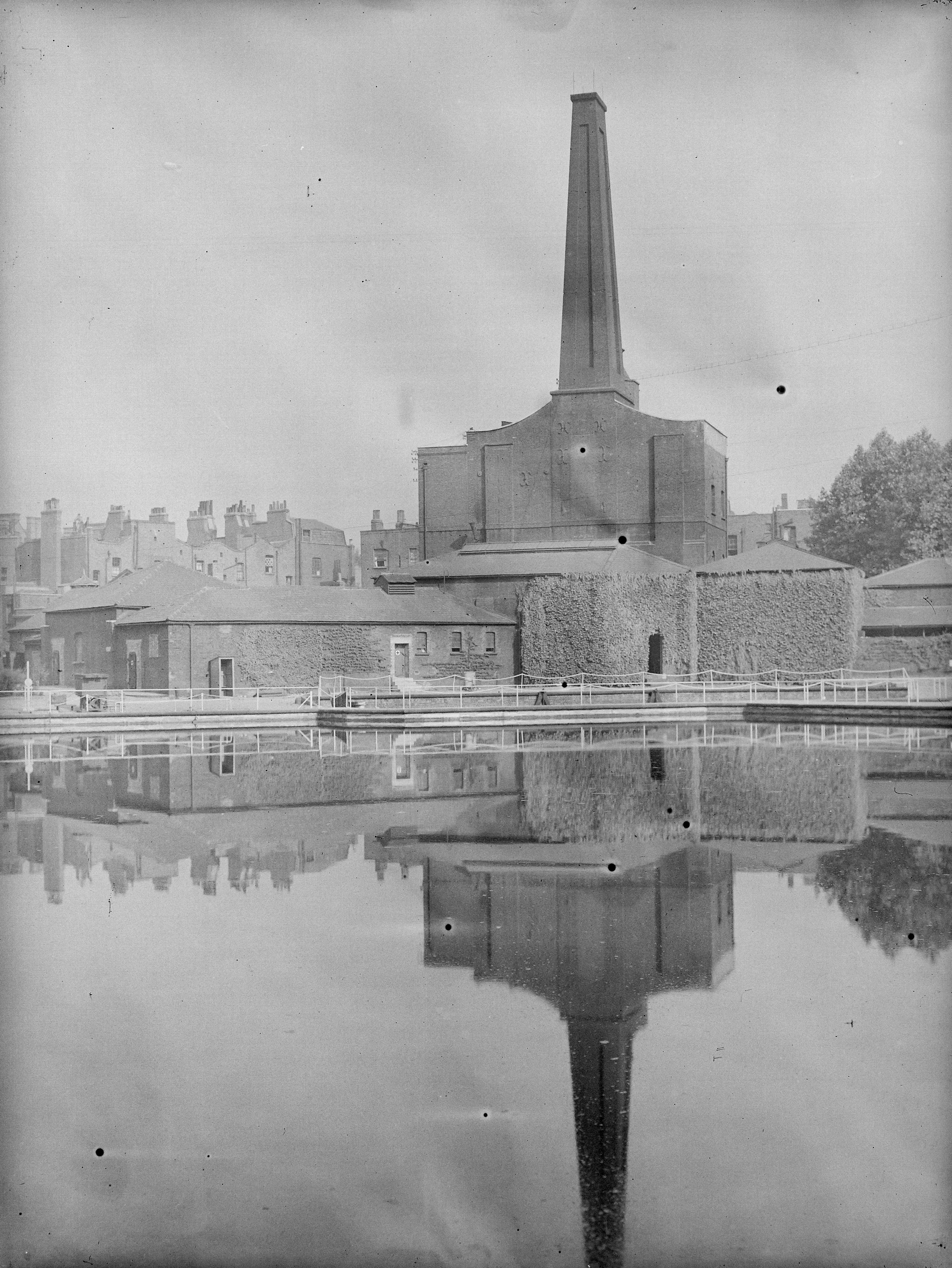

New life
In 2019 we received a donation to purchase the New River Head site. In dialogue with local communities and Islington Council, we made plans to restore it and create the UK’s first national centre for illustration. We have worked with Tim Ronalds Architects on a scheme that preserves the industrial character of the buildings and enhances the site’s biodiversity while creating accessible exhibition galleries, learning studios and play space.
Restoration work is underway, and the site will open as Quentin Blake Centre for Illustration in 2026. Follow our research and sign up to our mailing list for updates on our projects and opening.
If you have comments, questions or suggestions on our plans to research and share the stories of New River Head, email info@qbcentre.org.uk.
